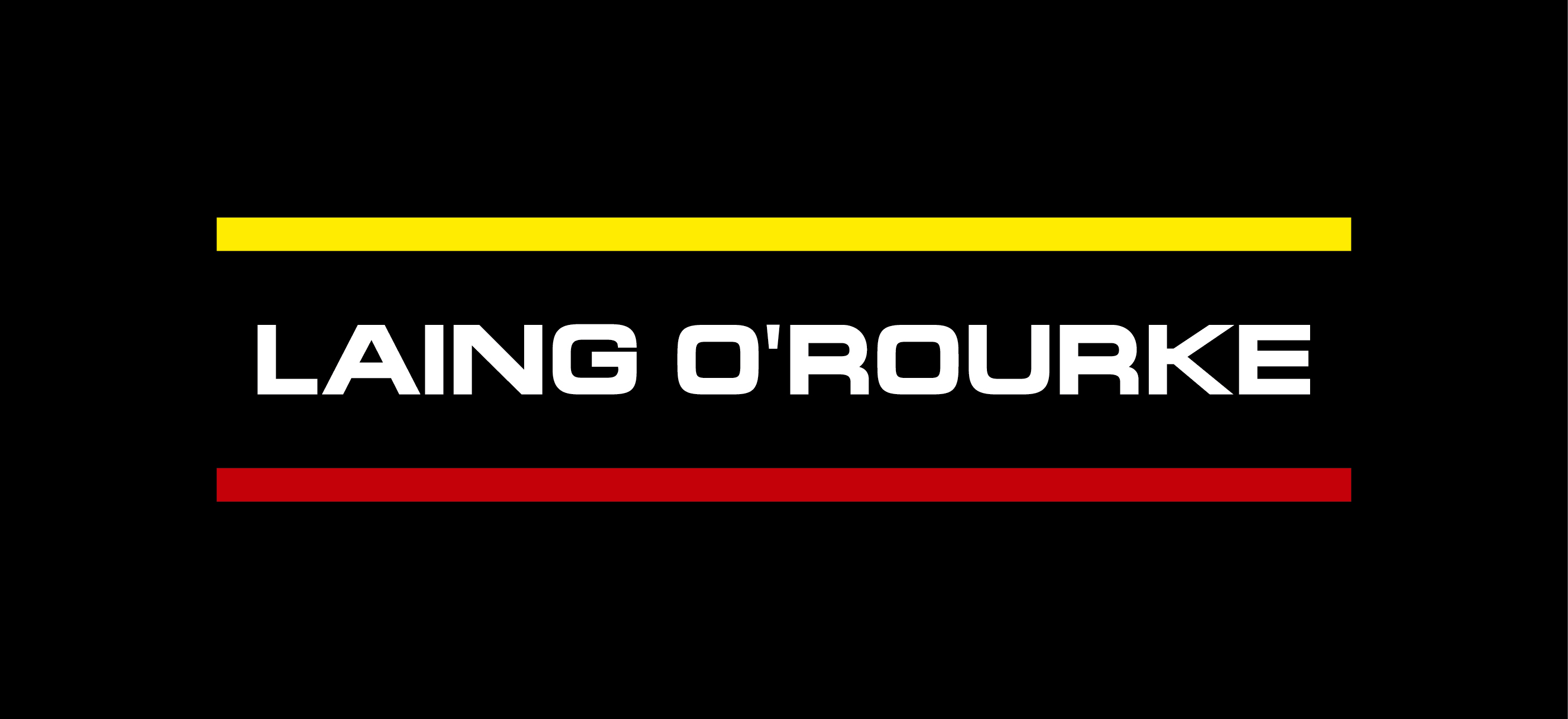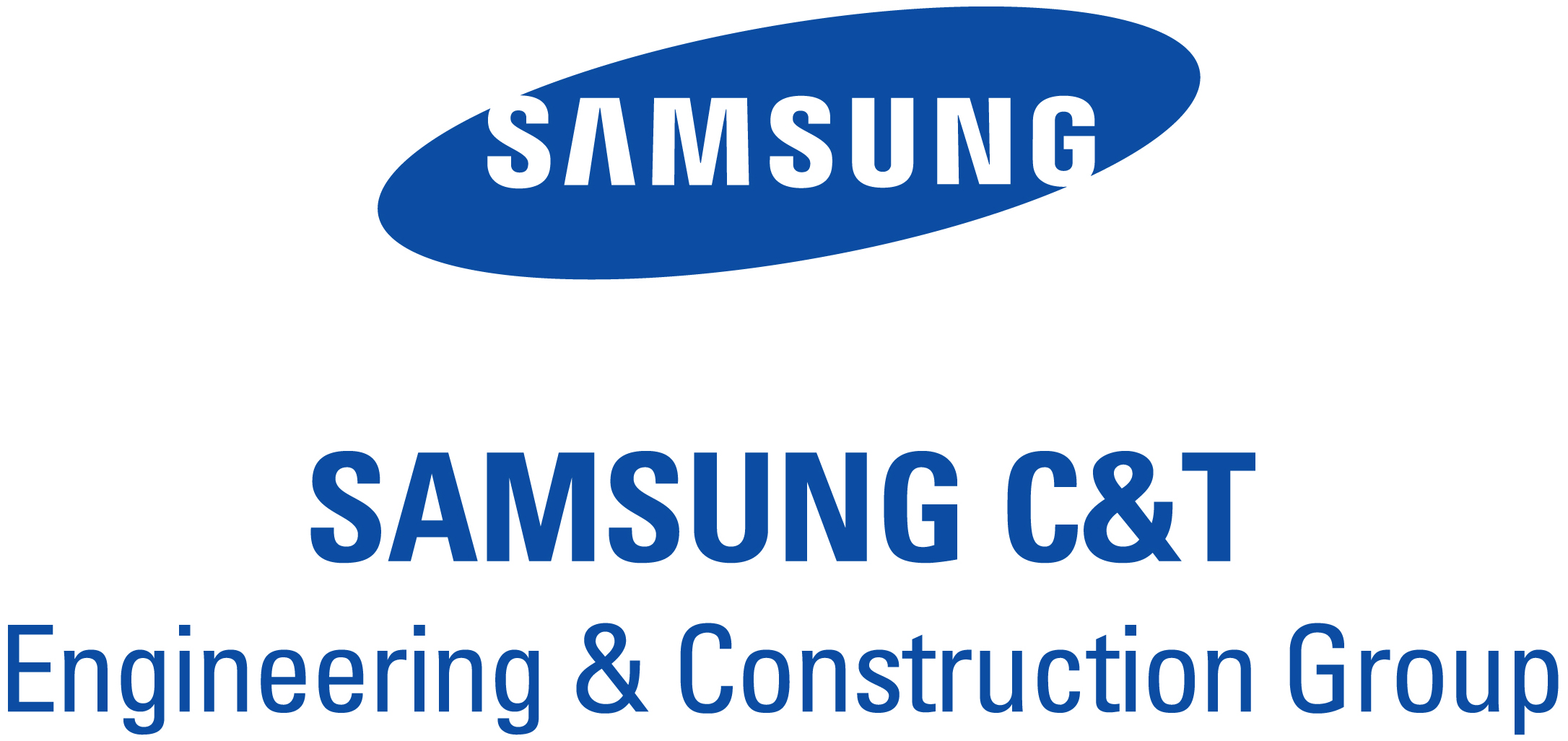
Samiul Hossain, State Manager QLD/NT, SMEC
When Paul O’Neill took charge of Aluminum manufacturing giant Alcoa in 1987, he was faced with an overwhelming set of priorities. He had all the challenges – from absenteeism to low staff morale, from low productivity to declining profitability and from failed product lines to mounting shareholder expectations. Setting everything aside, much to the horror of the investors, he chose to focus on the safety statistics of the company. By the year-end, Alcoa had declared a record profit under his leadership. Thirteen years later, when he retired, Alcoa’s annual net income had grown five times.
Pundits have coined ‘keystone behaviour’ to describe this philosophy where concentrating on a seemingly unrelated issue sets subsequent changes in motion to create domino effects. Think about the importance of keystones in ancient architecture. It is often not possible to tackle all issues at once, for there is limited investment, reluctance to change or simply the problem is so big that we learn to live with it. Concentrating on a keystone is meant to be manageable and have the biggest of impacts.
When I think about it, this keystone behaviour philosophy applies to us as individuals, as it applies to an organisation as it applies to an industry. With that belief, I set out to find three keystones, concentration on which will transform the infrastructure sector we know today, solve many of our big challenges as an outcome, and will also futureproof the industry. Here is my take on these.
Keystone 1 – Pipeline
As an industry, we want a sustainable pipeline without abrupt peaks and troughs. We want the volume to stay steady, and we want visibility of the future works. This will mean a steady pool of construction Projects of varying size, a bigger pool for design Projects and an even bigger pool of planning and evaluation Projects.
It is a fact that infrastructure investment provides direct economic benefits to the community in various layers. By having a sustainable and continuous pipeline, therefore, there is an opportunity to stabilise the economy. Equally, a robust local supply chain around the pipeline will grow benefitting buyers, a challenge continuously faced.
On the other hand, there will be enhanced investor confidence in existing organisations as well as new entrants. This will, in turn, improve the sustainability of the industry and will make it attractive as a chosen profession, entice better minds of tomorrow and retain them – a challenge we live every day.
Keystone 2 – Standardised Collaborative Contracting
There are far too many conflicts in the industry today. It is seen to be a risky sector; investors are struggling, insurances are hard to obtain or prohibitively expensive. We spend a disproportionate amount of resources in conflict resolution and management; resources that are better spent elsewhere, innovation as an example.
We need to have standardised Contract models across the industry. The resources spent in formulating bespoke Contracts and then defending them later are better mobilised elsewhere. These standardised Contracts should look at appropriate risk allocation as opposed to total risk transfer. They need to enable a high performing, value-creating, collaborative culture where both parties fight the problem at hand, rather than each other. There are ample starting points elsewhere in the world; be it NEC or FIDIC.
When we have a set of Contracts that people are familiar with over multiple Projects, the efficiency of Contract administration and management will grow, bidding will be faster, and negotiation will be quicker. We will get to the crux of the issue sooner – that is conceiving great infrastructure and building them. End users will draw the benefits ahead of time.
Keystone 3 – People
Former Walmart Chief Operating Officer Don Soderquist famously quoted, “One machine can do the work of 50 ordinary people, but no machine can do the work of one extraordinary person.” It is about time we embody that spirit in our sector.
As an industry, we need to adopt a “people first” approach. This looks like an enhanced focus on health and wellbeing of the staff – the safety statistics need to improve whether physical health or mental. This also looks like setting aside a portion of the income for training and development. We also need to work more closely with Universities and Schools to create the right exposure and awareness of the industry and be open to adopting contemporary people and culture practices.
Every industry is tapping into the finite amount of human resources pipeline. A genuine focus on people is no longer a competitive edge, rather a hygiene factor. We need to enable the industry to attract, unleash and retain the best and the brightest. These people will, in turn, contribute to a high performing, sustaining industry and build upon the great work of their predecessors.
I have no doubt that appropriate focus on these three unrelated keystones will bring in a much-needed correction to our industry and will set subsequent positive changes in motion as an outcome. There are days, much like Paul O’Neill of Alcoa, I feel overwhelmed at the face of the industry challenges. Then there are days, like today, I feel they may not be insurmountable after all!
















